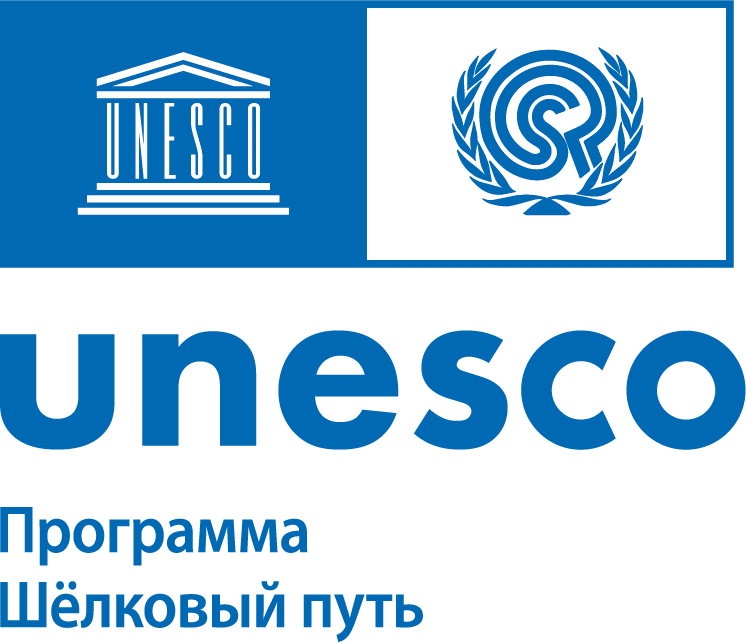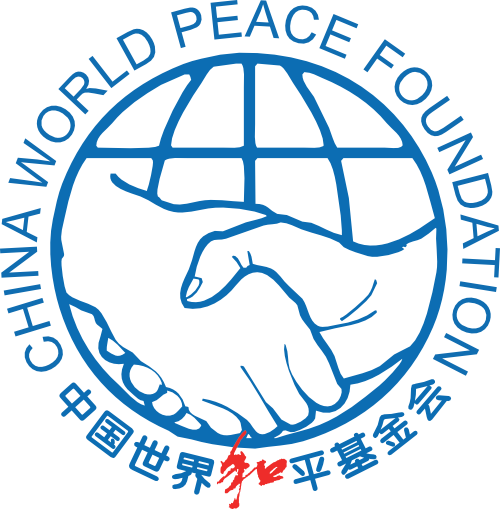The Silk Roads provided numerous contexts for people to interact, gather, and live together for both short and long periods of time. The major cities that sprung up along the Silk Roads were essential hubs which embodied the idea of ‘living together’. In cities not only would you find merchants and travellers but also whole communities of settled people from along these routes all living together. From Xi’an in China to Samarkand in Uzbekistan, from Delhi in India to Istanbul in Turkey, and from Jeddah in Saudi Arabia to Venice in Italy cities supplied the ports and markets that punctuated the trade routes and gave them momentum. After travelling for weeks on end across inhospitable deserts and seas, cities provided an opportunity for travellers to rest, to sell and buy, and moreover, to meet with other travellers, exchanging not only material goods but also skills, customs, languages, and ideas. In this way, over time, many cities along the historic Silk Roads attracted scholars, philosophers, theologians, artists, and craftsmen and thus became great centres for intellectual and cultural exchange forming the building blocks of civilizations.
Today, multicultural modern societies that host diverse ethnic and religious communities are a testament to the Silk Roads legacy of harmonious and peaceful interaction and living together.
In the contemporary world the shared sprit and legacy of the Silk Roads is a reminder of our need for dialogue, cooperation, mutual trust, and respect for sustainable peace and development. These are all key components of the 4th edition theme of ‘Living Together’.
For the theme of Living Together photographers might wish to capture:
- Intercommunity and multicultural gatherings on the occasion of celebrations, festivals, the major occasions that mark our lives, or common moments from daily life in multicultural societies.
- Important local events that bring people of different communities and ethnicities together.
- Global events that promote peace and dialogue, such as intercommunity or cross community sporting events, musical and artistic performances, art festivals etc.
- Interfaith events and celebrations promoting peace and mutual respect.
- Moments that illustrate intercultural dialogue such as youth awareness raising and peace building initiatives.

